
OR
Have Your Say
‘I was stuck in a traffic jam’ seems to be the most common excuse people give for their tardiness these days. But then again, traffic in Kathmandu does seem to be steadily worsening by the day. What makes Kathmandu roads so chaotic?
The Week asked some people for their views on the matter.
Achit Budathoki, 38
Transport business staff
In the 15 years that I have been riding my bike around the capital, the traffic problem has certainly worsened. The probability that I’m going to reach my destination in time is always low these days. I don’t blame the traffic police though. I think the bigger problem here is the number of vehicles that are plying on the roads. Logistically speaking, there are just too many of them these days. Add to that the fact that our infrastructures are really poor, the traffic nightmare was bound
to ensue.
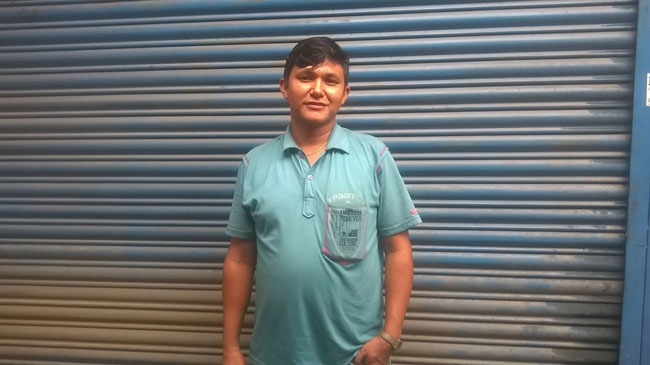
Investing on better roads would be the ultimate solution but in the meantime, I believe the authorities should strictly monitor the number of vehicles that are allowed inside our valley. These days it seems every company feels the need to own multiple cars and each family member have their own personal transport. We simply can’t let vehicles in our capital multiple at this rate. There needs to be some regulation. Also, it might be a good idea to put a stop to the use of really old vehicles since they are one of the major reasons behind air pollution in the capital.
Kabita Ghimire, 30
Businesswoman
I live in Balaju and work in Sundhara. Normally, it should take me 20 minutes to commute from home to work and back but during rush hour that time easily increases to at least an hour. Further, these days they are carrying out some construction works on my way to work so of late, I have had no choice but to change the entire route. Almost every day I can feel the sweat run down my back as I wait for the traffic to move. It’s such a hassle that there are some days when €I don’t want to leave home.
I think we all have the right to complain about the state of the roads. Especially in this monsoon season, the traffic problems double up and the ride to and back from work is terrible.
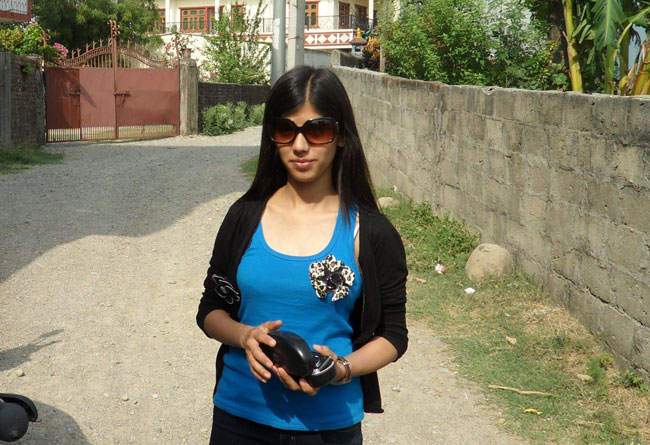
Further another problem is the large number of vehicles on the road. If we had better public transport system, I believe we wouldn’t have to suffer from all these problems. If the public transport systems were convenient, people wouldn’t feel the need to buy their own bikes and cars and overcrowd our streets.
Madhav Shrestha, 39
Businessman
The main problem in Nepal when it comes to traffic is that the drivers are not disciplined. Most of them show a blatant disregard of traffic rules. You’ll see vehicles being parked everywhere in a hasty and careless manner which causes major problems for both the pedestrians and the drivers as well. Even one way rules are not taken seriously. The roads are narrow which is why when there is a simple obstruction all the vehicles come to a stand still. In the recent months, the road construction works have slowed down and that has resulted in pollution and confusion in the busy roads.
Still, I believe, the authorities are doing all that they possibly can to implement the rules and manage traffic better. For better management of traffic, first the drivers should be disciplined and stick to the rules. Actually, the public vehicle drivers, in particular, could use a serious lesson on lane discipline.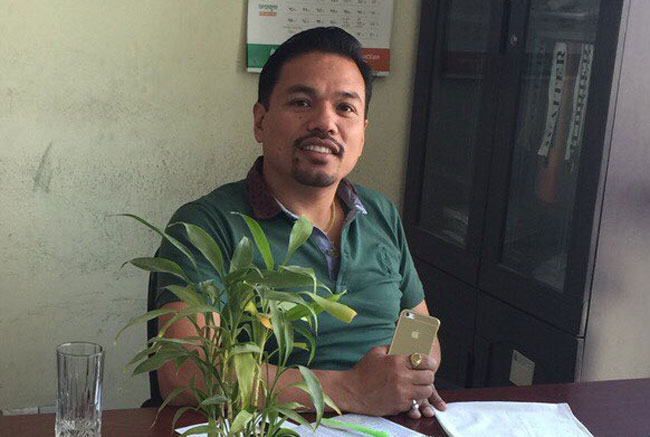
You May Like This

Life is never too pointless to be ended
"Priye Sufi," a book by Nepali author Subin Bhattarai, is a moving and consoling book. The story's primary lesson is... Read More...

'ULFA: The Mirage of Dawn’ offers a remarkably balanced narration on history of ULFA
Rajeev Bhattacharyya’s book offers a remarkable history of ULFA, its formation and rise to prominence, the interplay of its principal... Read More...
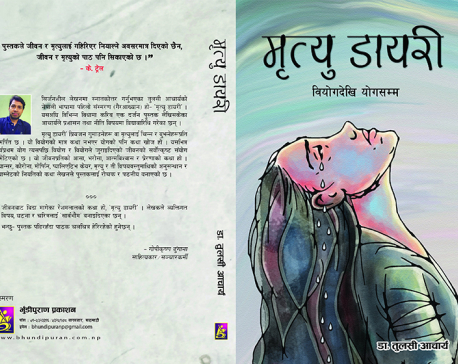
Mrityu Diary: A must read book about life and death
"Mrityu Diary" or the “Death Diary” is a book written by the author Tulasi Acharya, which is currently available in... Read More...

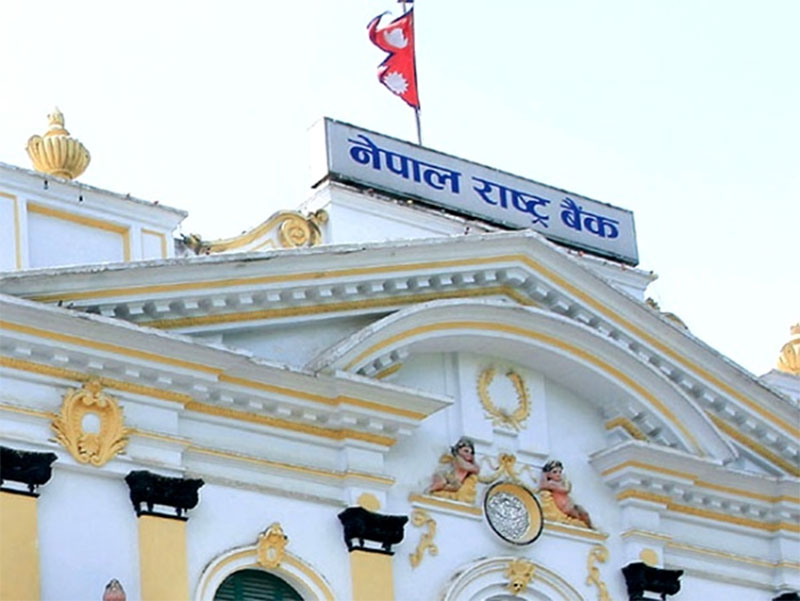

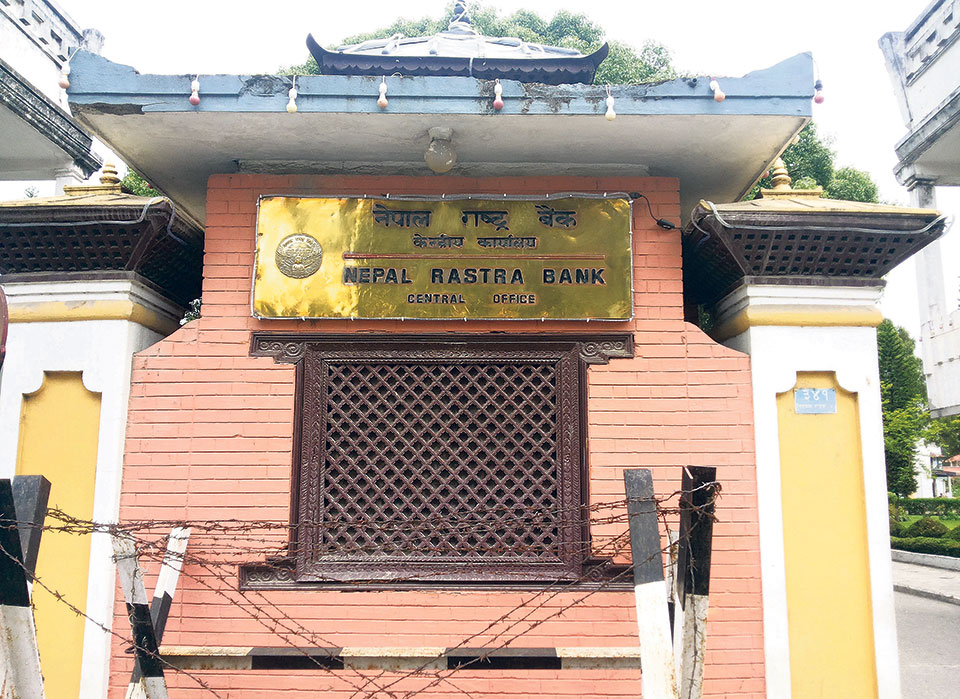
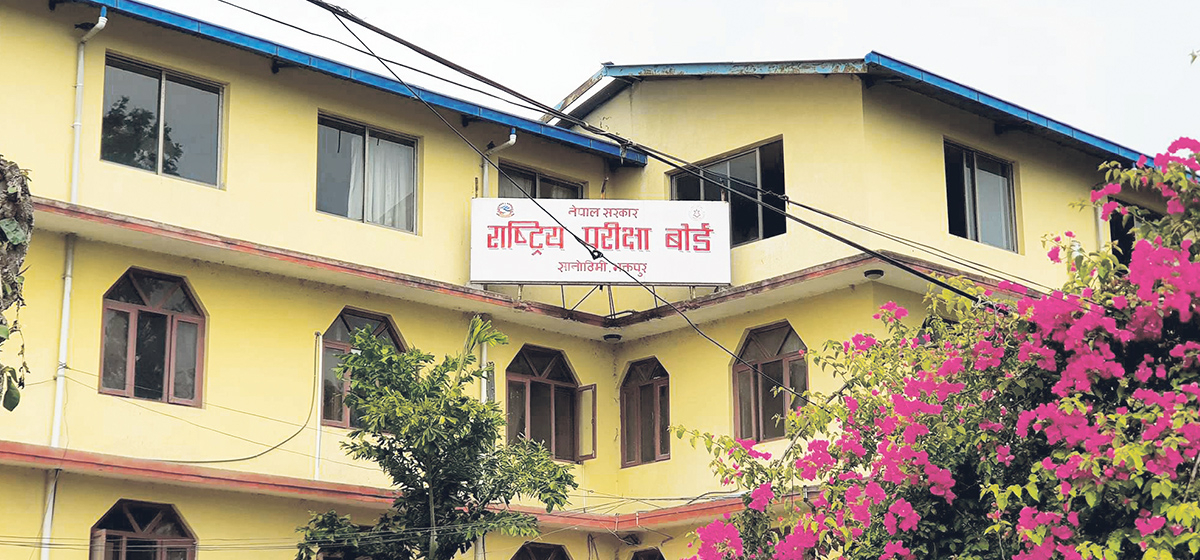

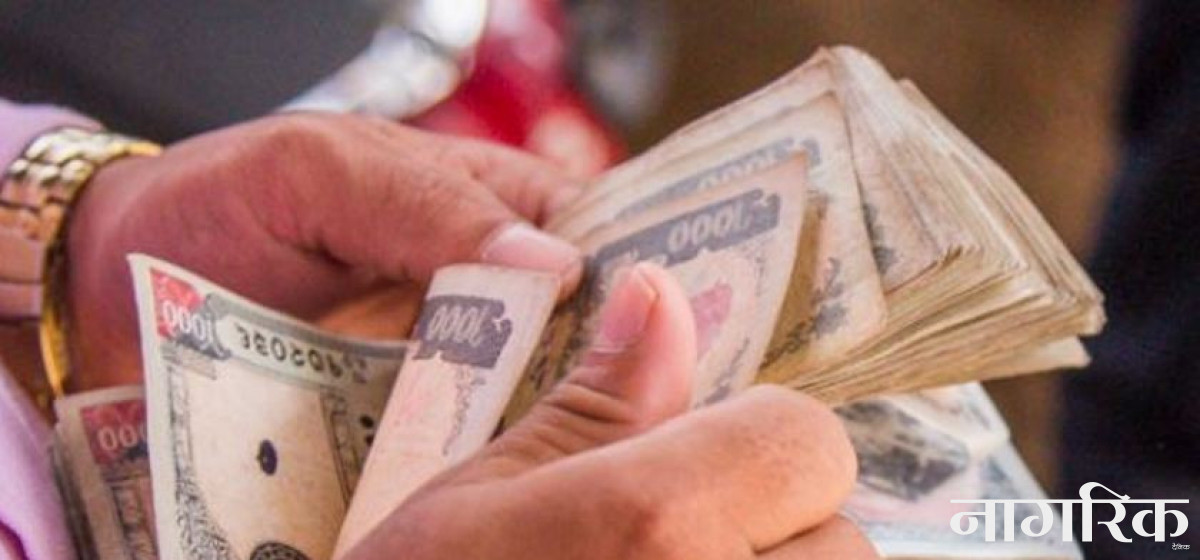
Just In
- NRB to provide collateral-free loans to foreign employment seekers
- NEB to publish Grade 12 results next week
- Body handover begins; Relatives remain dissatisfied with insurance, compensation amount
- NC defers its plan to join Koshi govt
- NRB to review microfinance loan interest rate
- 134 dead in floods and landslides since onset of monsoon this year
- Mahakali Irrigation Project sees only 22 percent physical progress in 18 years
- Singapore now holds world's most powerful passport; Nepal stays at 98th



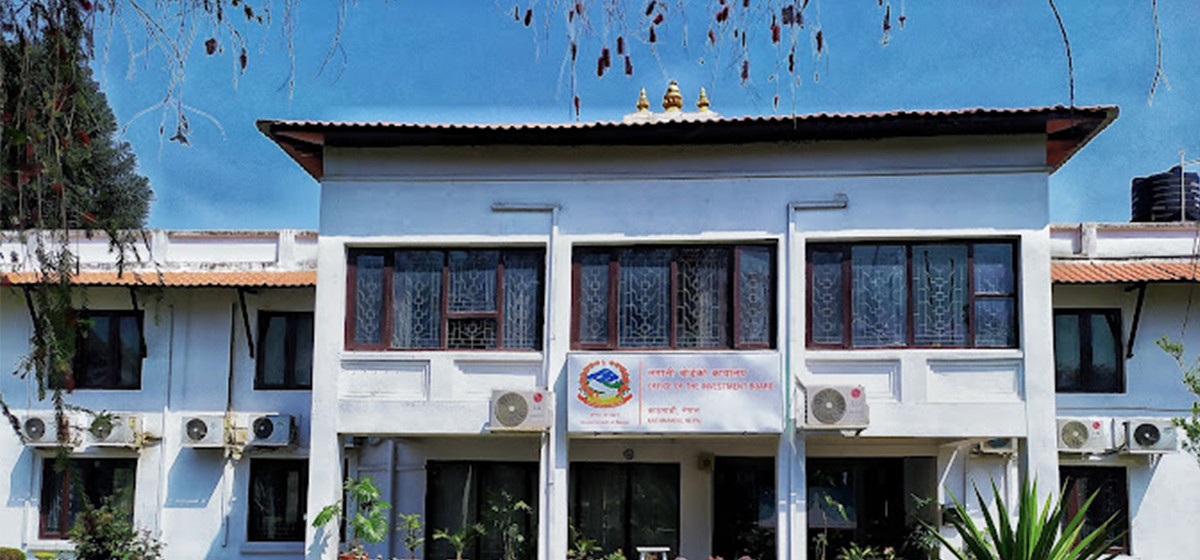
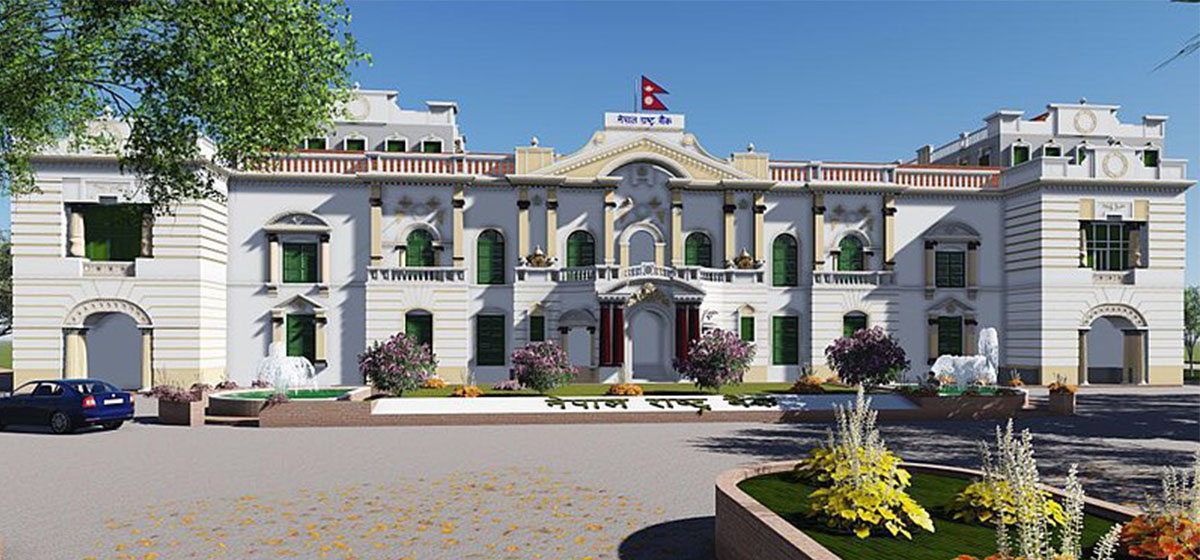
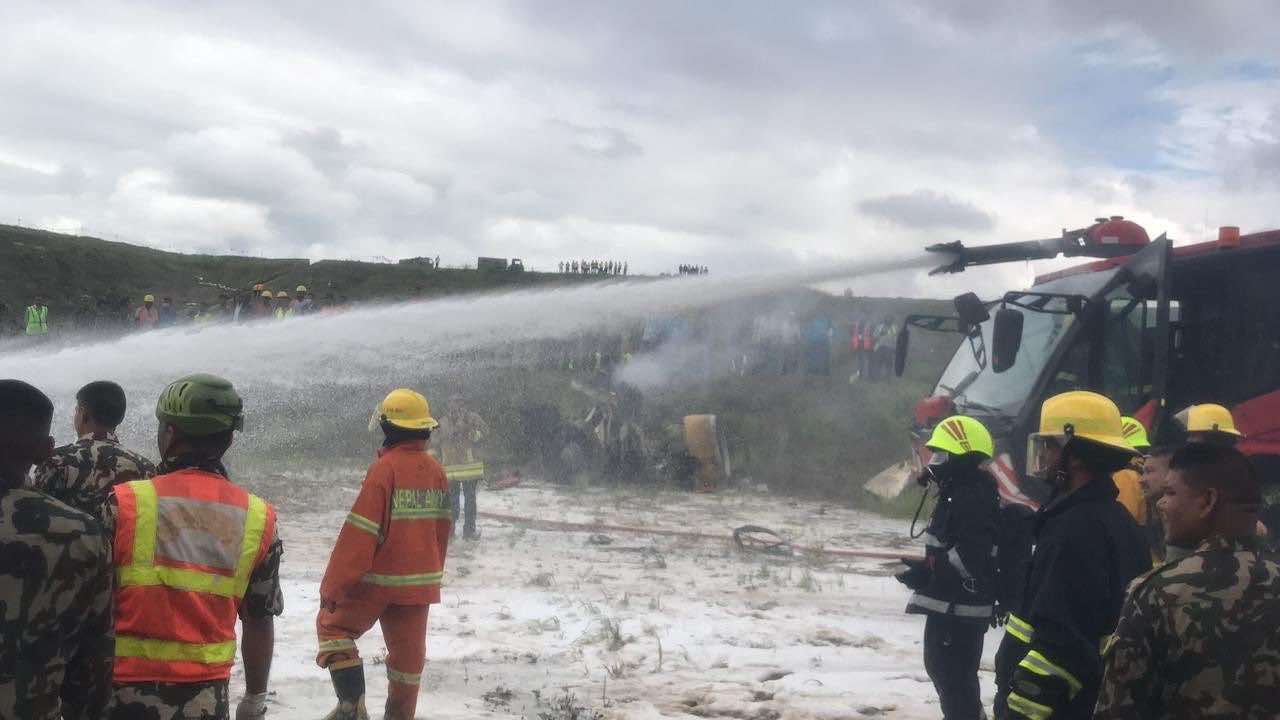

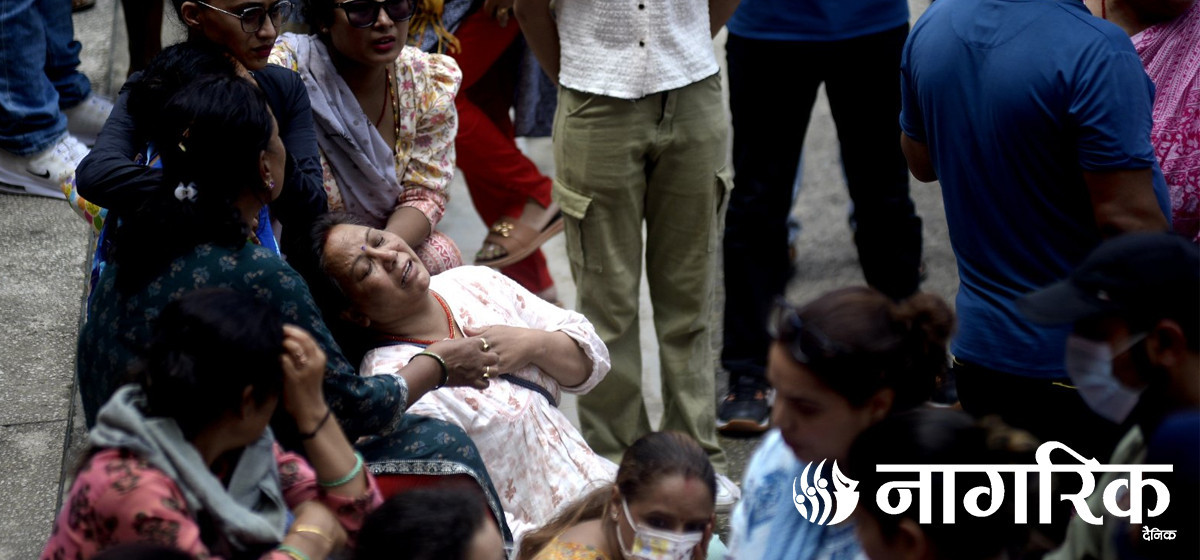


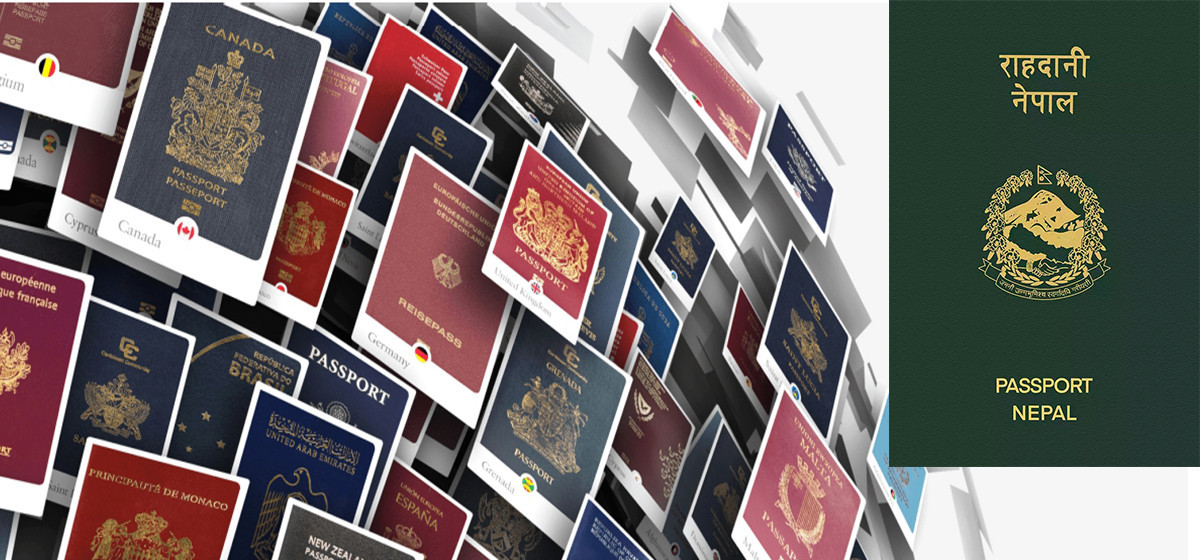
Leave A Comment